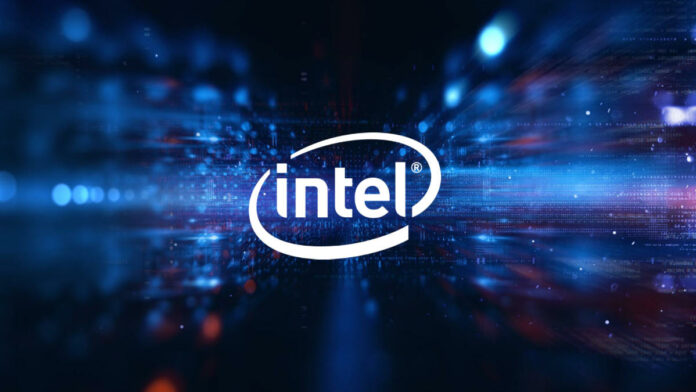US chipmaker Intel has announced plans on introducing cost-cutting measures to maintain profitability in the years ahead, aiming for a $3 billion reduction of sales costs and operating expenses in 2023, further slimming down by $10 billion a year by 2025, due to aggravated economic decline.
This comes in the midst of a recent earnings call for the third fiscal quarter of 2023 which ended on October 1. The chipmaker revealed $15.34 billion revenue, indicating a quarter-to-quarter decline of 20 per cent. Revenue for 2022 is also likely to be 20 per cent lower than last year, coming in at around $64bn.
Sales of Intel processors dropped due to a sharp decline in demand from consumers, including personal computing, education markets, small businesses, and OEM manufacturers reducing inventories. Quite understandable, as the market shifts further away the pandemic-fuelled boom.

“Despite the worsening economic conditions, we delivered solid results and made significant progress with our product and process execution during the quarter,” said CEO Pat Gelsinger, further adding, “To position ourselves for this business cycle, we are aggressively addressing costs and driving efficiencies across the business to accelerate our IDM 2.0 flywheel for the digital future.”
As it stands, Intel’s biggest moneymaker segments sees the likes of Client Computing Group posting $8.1 billion in revenue, down 17 percent compared to the same quarter in 2021. Datacenter and AI Group, meanwhile, is also down 27 per cent year-over-year, equating to a turnover of $4.2 billion. Network and Edge segments, however, saw a healthy uptick of 14 per cent compared to Q3 2021, clocking $2.3 billion in revenue.
“The data center TAM is holding up better, although enterprise in China continued to show signs of weakness, as do some, but not all, cloud customers,” Gelsinger said.
Finally, smaller sectors including; Accelerated Computing Systems and Graphics Group, Mobileye, and Intel Foundry Service segments totalled $806 million in revenue.
Interesting to note, Mobileye, an Intel-backed autonomous driving tech company, recently started trading on the Nasdaq, while Intel also announced its foundry would start producing semiconductors for MediaTek to keep up with Asian manufacturing rivals. MediaTek is one of the biggest suppliers of smartphone processors alongside Qualcomm and Samsung.
Gaining MediaTek as a customer, the intimation of others joining IFS, will give the company a much-needed boost in revenue, considering its recent $20 billion investment in an Ohio foundry. Tough times ahead.

